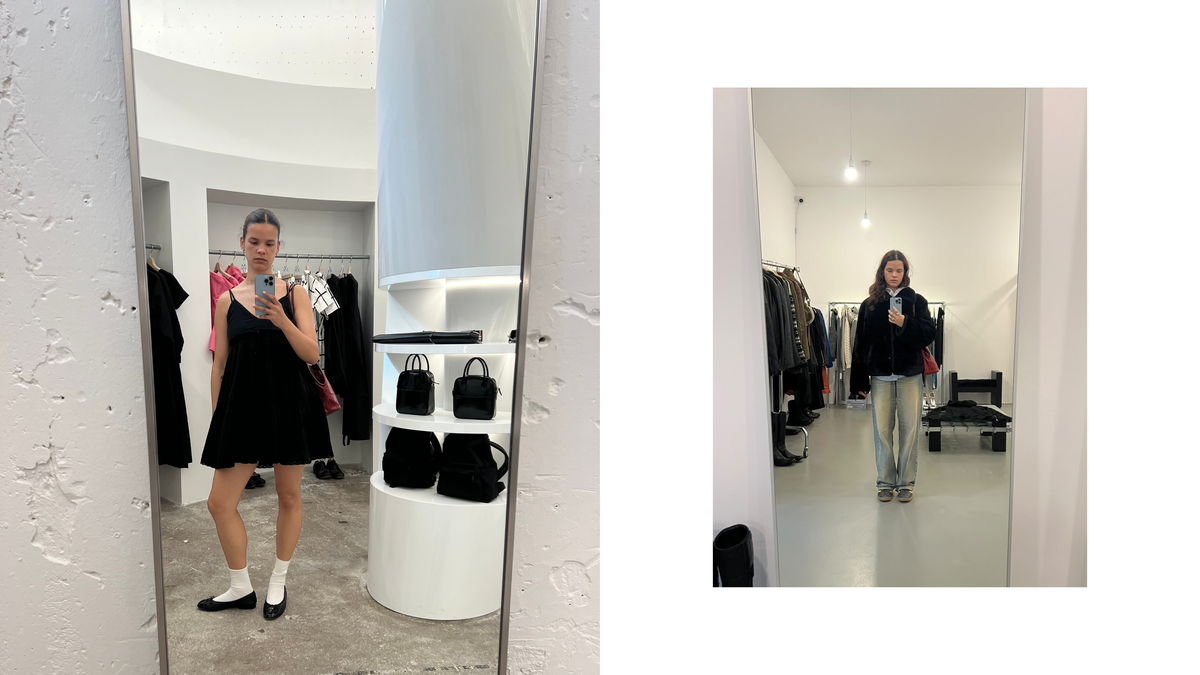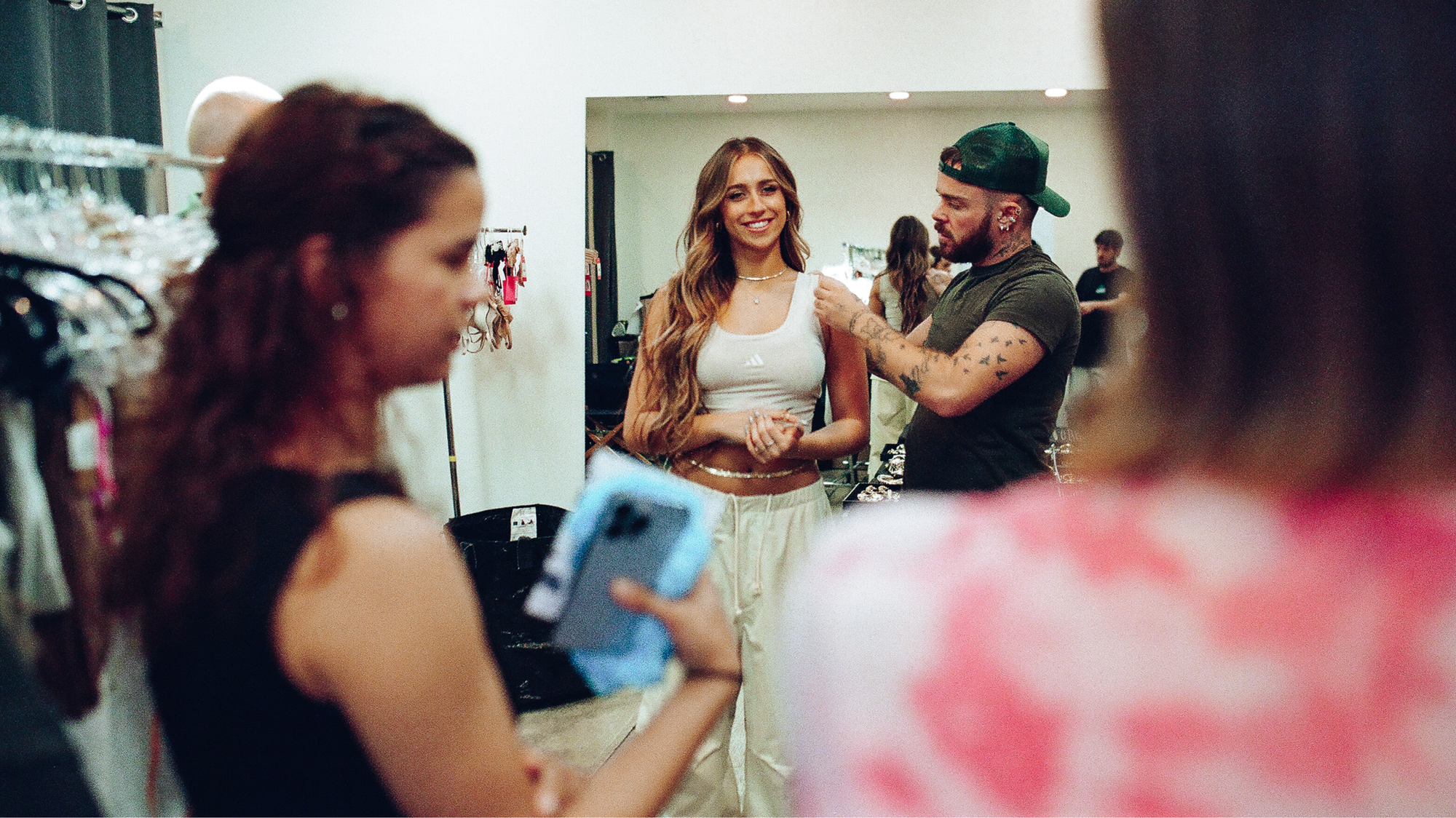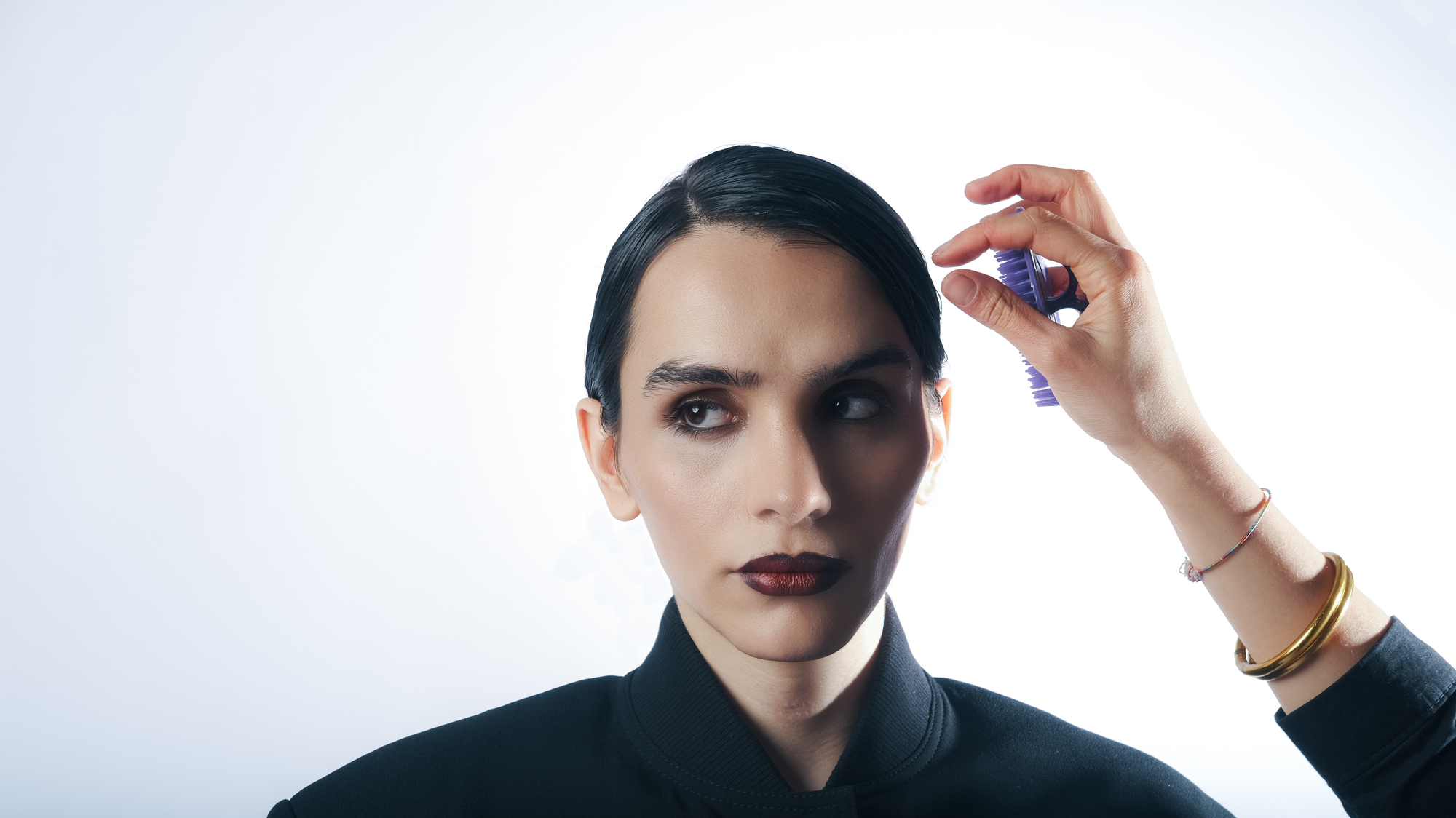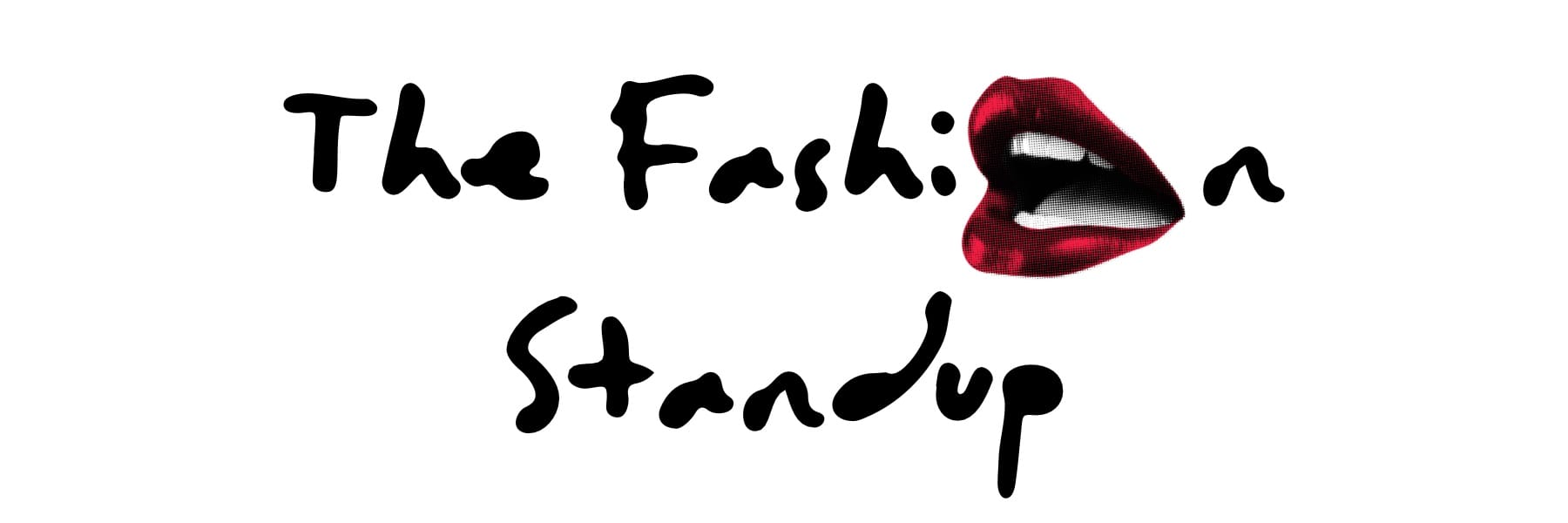Zoë Akihary – A Shy and Generous Girl, an "Art Direction" Guru

A few weeks ago, or last year if you prefer, we began a series of essays/articles about The Fashion Standup community. This week’s guest is Zoë Akihary, artistic director and founder of the newsletter “Art Direction.” When TFS first started publishing on Substack, Zoë and her work quickly became a huge source of inspiration for me.
Despite being a bestseller on Substack, where a content creator’s recognition grows after reaching hundreds of paid subscribers, Zoë’s profile, now with more than 14 000 subscribers, allowed us to quickly connect and subscribe to each other’s newsletters.
Our digital meeting happened naturally, and between the Greenwich Meridian and Central European time zones, we found ourselves connecting through Zoom: the largest meeting room in the world.

In a relaxed conversation, Zoë and I shared our perspectives not just about fashion, but about navigating the beginning of adulthood and finding our creative paths in a rapidly changing world.
Zoë shares that, early in her career, she didn't always get to work on the most interesting projects. As she says, not all projects represent her values enough to make it into her portfolio, especially in the early stages. When starting out, she often took on projects to get her foot in the door and gain valuable experience. It was the struggle to explore her creativity that led her to go freelance early on.
Although she studied fashion and branding, Zoë found herself in the world of advertising, working with uninspiring brands. This led her to create her first Substack newsletter. Today, her newsletters “Art Direction” and the “Curation Club” share valuable insights on the creative and fashion industries, focusing on art direction and educational articles about luxury and streetwear brands. Her aim is to help readers discover their artistic direction and develop their creative vision.

Reflecting on her earlier days, Zoë recalls being an 11-year-old girl who started a blogspot to write opinions on collections from famous brands. At the time, she never considered herself a writer, as she was always more passionate about visuals. However, a decade later, Zoë returned to writing through her newsletter. Substack became the perfect platform for her to resume expressing her thoughts in a free and carefree manner, even as Blogspot faded out and Tumblr became less relevant.
For several months, she shared her ideas with just one or two hundred followers, but she had so many ideas that the speed at which her audience grew wasn’t a concern. Today, Zoë has learned that growth on platforms like Substack takes time and requires authenticity. She is proud of the deep engagement she receives from her audience—her posts often get more likes and comments than even well-known publications like 1 Granary.
There’s no secret recipe for reconciling the creation of high-quality content with her freelance work. Zoë makes use of her downtime and free time to plan newsletters and draft them in advance, making it easier to balance with her shoots and creative projects.

When it comes to relationships with her subscribers, Zoë says she feels as if she knows many of them personally, even if they’ve never met. She believes in balance, balancing the sharing of information with personal experience, giving her writing a much-needed human dimension. She also balances offering free content with promoting the benefits of a premium subscription.
Zoë’s dedication to what she offers is clear, but she remains aware that she doesn't know her readers' financial situations. As she puts it, she can't impose a paid subscription on anyone, and strives to ensure the offer remains balanced for both free and paid subscribers.
Although Zoë began her blogosphere journey spontaneously, she has clear goals for the future. She is dedicated to mentoring her digital community and aims to do so full time. Long-term, her goal is to work more selectively on passion projects and fewer commercial works, focusing on projects that offer her more creative freedom and align with clients she truly respects.

When asked about how she finds the confidence to teach and advise others, Zoë explains that it’s something she gained as her career progressed. Many times, she was trusted with entire campaigns, which strengthened her confidence in her creative knowledge. One key realization is that there’s no single way of doing things. Every creative and brand has its own approach, and knowing there’s no “right” or “wrong” method gives her a lot of freedom. As a shy person, Zoë enjoys mentoring, but feels most comfortable providing written feedback rather than holding large group sessions or calls.
Zoë studied Fashion and Branding in Amsterdam, where she received comprehensive training ranging from research to management, including sewing and image making. She realized her passion for visual work early on, and her interest in Artistic Direction began to grow. After interning at Tommy Hilfiger and discovering creative agencies, she realized the creative possibilities in the industry were vast, and began to question the conventional routes in fashion.
This curiosity led her to pursue further opportunities and internships, eventually settling in London for a creative strategy role. Unfortunately, the pandemic forced her to leave her part-time job and student housing, leading to a somewhat empty school semester. Despite this, Zoë filled her time by applying for projects on “The Dots” and eventually formed a creative partnership with her boyfriend. Together, they became the “Junior Creative Team,” landing their first big job for Tommy Hilfiger, a turning point in their careers.

In our conversation, we also touched on topics like Artificial Intelligence in fashion, the musical chairs of creative directors, and the evolving landscape of creative roles. Zoë shared insights on how AI can be a useful tool when used in moderation, the need for creative directors to build a brand’s visual language over time, and how a deep understanding of fashion collections can be influenced by both visual and written analysis. She also emphasized that Artistic Direction can be a destination for any creative mind, regardless of their background.
As we wrapped up our meeting, we talked about how even as adults, we still have the playful side of our childhood with us. Zoë and I reminisced about cozy games like The Sims, which have always been a way for us to explore aesthetics and creativity, even into adulthood.
It was a pleasure to meet Zoë and dive into her creative process. I’m excited to share this conversation with all of you—subscribe to The Fashion Standup to meet more inspiring members of our community and sign up for the Art Direction and Curation Club to learn more from this true guru of art direction.
See you next week!
With love,
Vera
